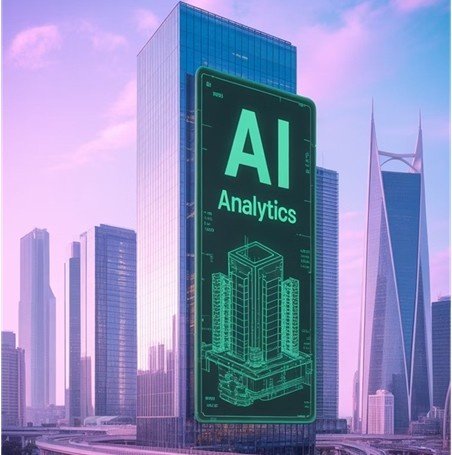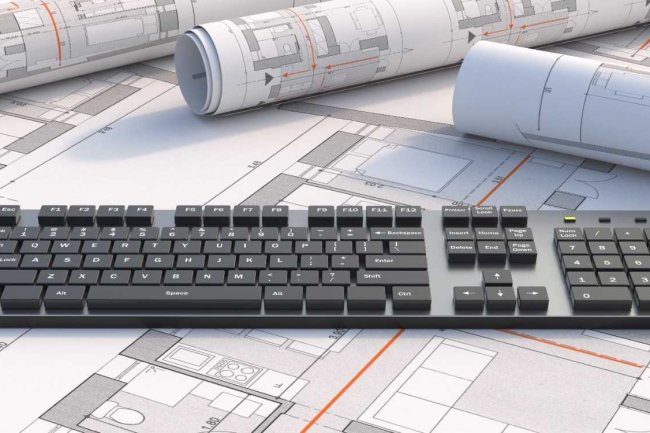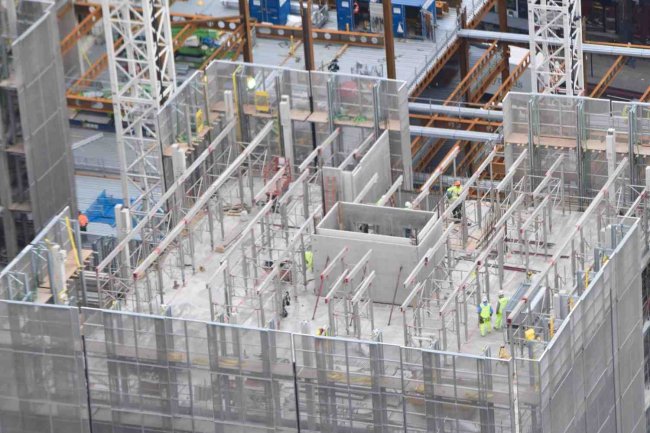BIM Meets AI: Predictive Analytics for Disaster-Resilient U.S. Infrastructure
The convergence of Building Information Modeling (BIM) and artificial intelligence is revolutionizing how we design, build, and maintain disaster-resilient infrastructure across the United States. This powerful combination transforms traditional construction practices into data-driven, predictive systems that can anticipate and mitigate risks before disasters strike.

The Critical Need for Resilient Infrastructure
|
Rising Infrastructure Challenges Traditional reactive approaches to infrastructure maintenance and disaster response are no longer sufficient. The need for proactive, intelligent systems has never been more urgent. Key Data Points
|
|
Understanding BIM and AI Integration
BIM Foundation
Building Information Modeling creates comprehensive digital twins of physical structures, capturing geometry, materials, and performance data in a centralized model.
AI Enhancement
Machine learning algorithms analyze BIM data patterns to identify vulnerabilities, predict failures, and optimize designs for maximum resilience.
Predictive Power
Combined systems generate actionable insights that enable proactive decision-making and risk mitigation strategies.
Key Applications in Disaster Resilience
Seismic Risk Assessment
- AI algorithms simulate earthquake scenarios
- Foundation optimization
- Material selection guidance
- Dynamic load analysis
Flood Impact Modeling
- Predictive flood vulnerability assessment
- Water flow simulation
- Evacuation route planning
- Critical system protection
Wind Load Optimization
- AI-powered analysis of building shapes & materials
- Aerodynamic design
- Facade engineering
- Structural integrity enhancement
Real-World Impact and Benefits
Leading engineering firms like Consac are already leveraging BIM-AI integration to deliver more resilient infrastructure projects. This technology combination reduces design time, minimizes costly revisions, and significantly improves long-term performance.
Early Risk Detection
Identify potential failures during design phase
Cost Optimization
Reduce material waste and construction overruns
Performance Monitoring
Continuous assessment of structural health
Implementation Strategies for Success
Phase 1: Data Integration
Establish comprehensive BIM workflows that capture all relevant structural and environmental data. This foundation enables AI algorithms to access quality information for analysis.
Phase 2: AI Model Development
Deploy machine learning algorithms trained on historical disaster data and structural performance metrics. These models learn to recognize patterns and predict potential issues.
Phase 3: Predictive Implementation
Integrate predictive analytics into design and maintenance workflows, enabling real-time decision-making and proactive risk mitigation strategies.
Phase 4: Continuous Optimization
Refine algorithms based on real-world performance data, creating increasingly accurate predictions and more effective resilience strategies.
Building Tomorrow's Resilient Infrastructure
For project managers, engineers, and construction professionals, embracing these technologies means delivering safer, more cost-effective projects that protect communities and drive long-term value. The future of infrastructure lies not in reacting to disasters, but in predicting and preventing them through intelligent design.
Start with Pilot Projects
Test BIM-AI integration on smaller scales to measure effectiveness and refine workflows before scaling up.
Invest in Training
Build team capabilities for new technologies, ensuring staff can leverage BIM and AI to its fullest potential.
Collaborate Across Disciplines
Unite architects, engineers, and data scientists to ensure seamless integration of BIM-AI insights into project delivery.
What's Your Reaction?

















